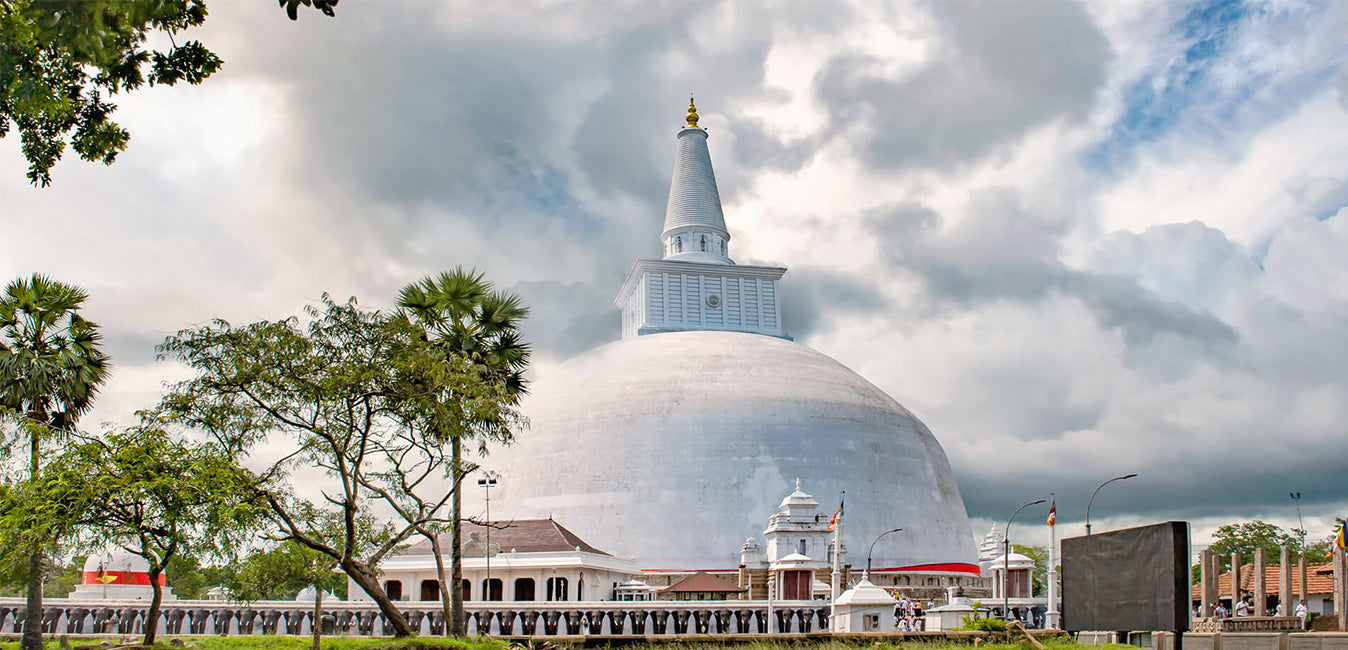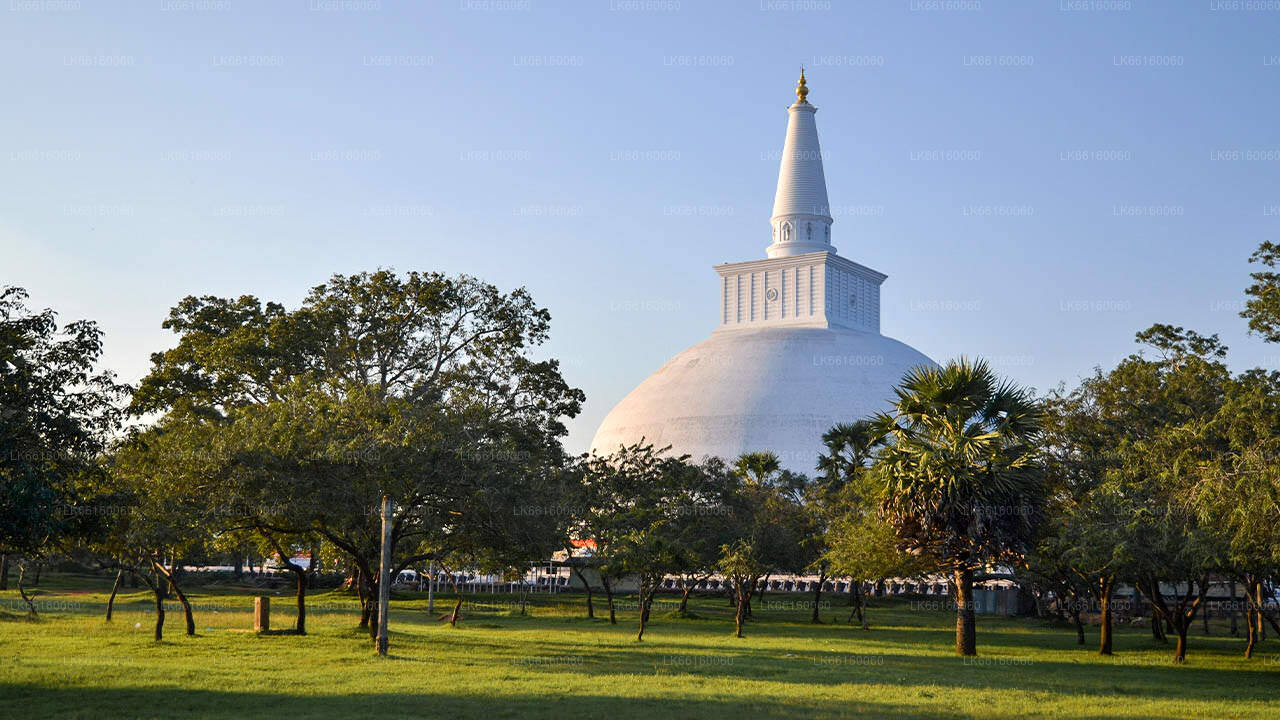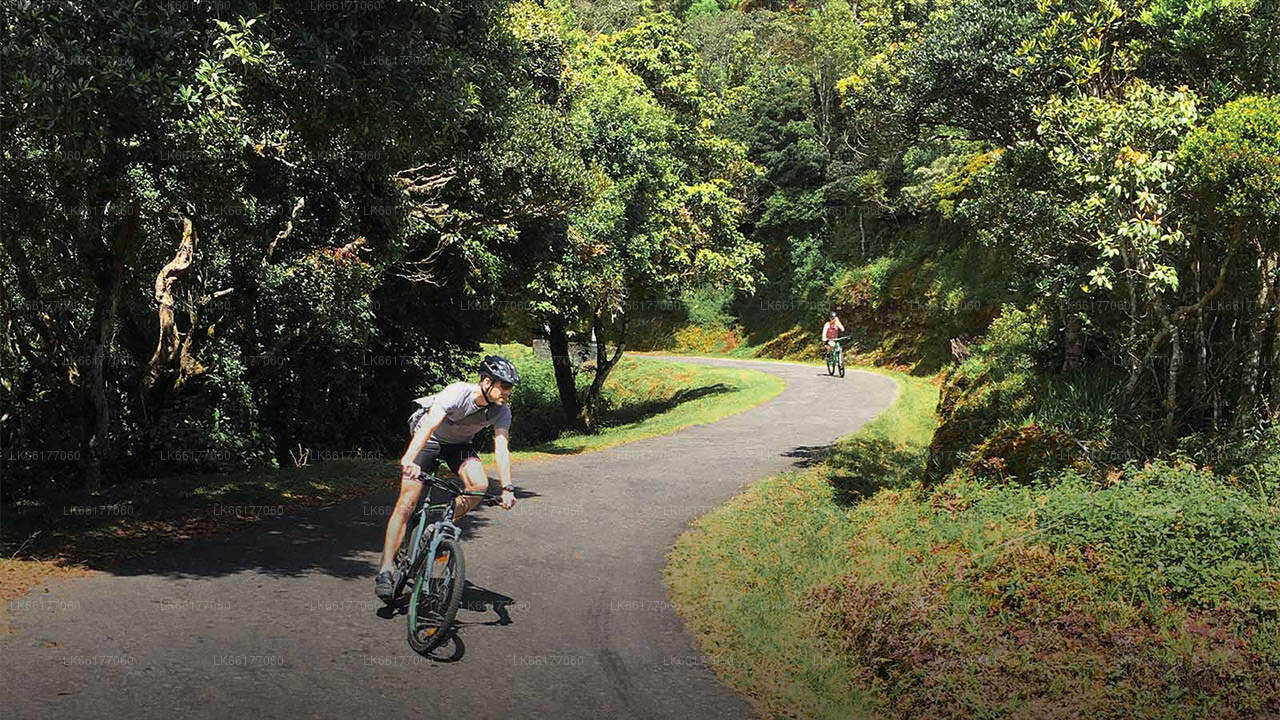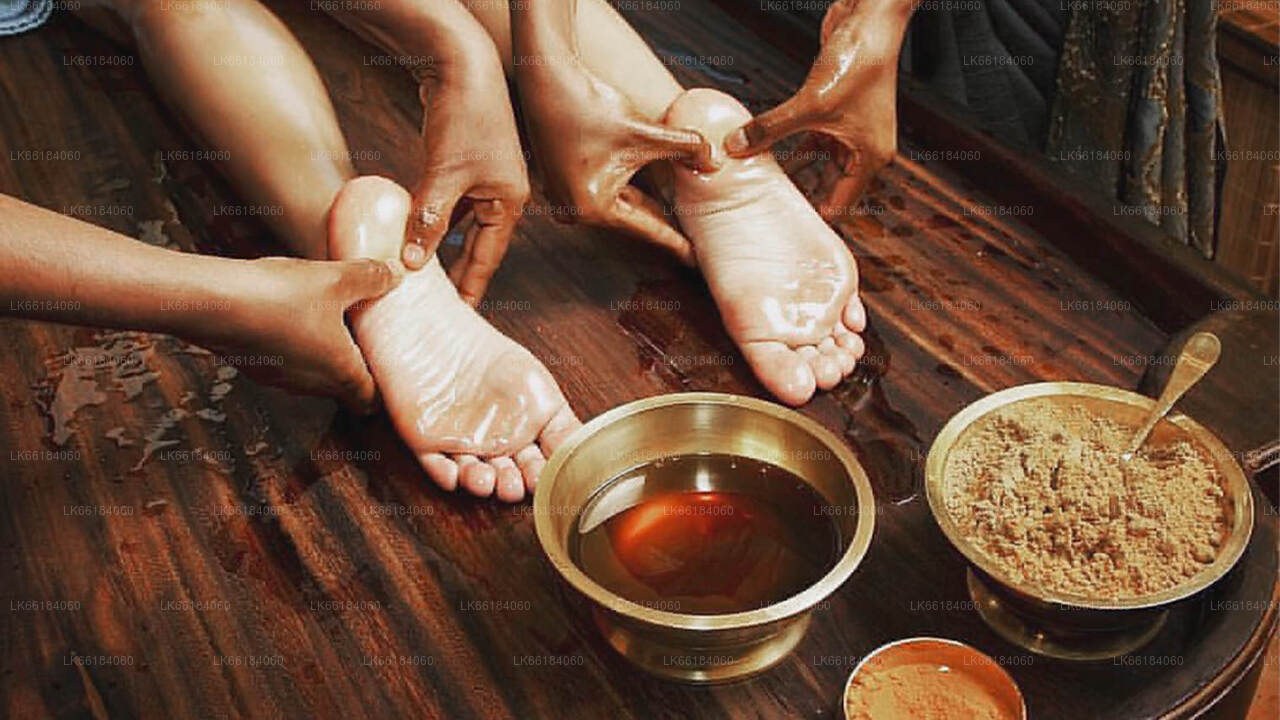
अनुराधापुरा शहर
अनुराधापुरा श्रीलंका के उत्तर मध्य प्रांत का एक शहर है। अनुराधापुरा श्रीलंका की प्राचीन राजधानियों में से एक है, जो प्राचीन श्रीलंकाई सभ्यता के संरक्षित अवशेषों के लिए प्रसिद्ध है। यह शहर, जो अब यूनेस्को विश्व धरोहर स्थल है, श्रीलंका की वर्तमान राजधानी कोलंबो से 205 किलोमीटर उत्तर में स्थित है।
Ritigala Archaeological complex
This site is the monastic complex on the lower slopes of Ritigala-kande – the Ritigala Mountain – situated in Sri Lanka’s North Central Province, 25 miles (40 kilometers) southeast of Anuradhapura. These ruins are some of the most distinctive the island has to offer. The Buddhist dagobas (domed relic chambers) and statuary of Anuradhapura and elsewhere are conspicuous by their absence.
The Archeological Site of Ritigala is situated at the eastern slopes of the Ritigala mountain range, the car park and entrance of the excavation site is 20 km to the northwest of Habarana by road. It can be reached from a turn-off at the Habarana-Anuradhapura Road (A11) at a distance of 12 km from Habarana. An 8.5 km along a graveled road leads to the car park of Ritigala at the foot of the mountain range. The distance from Anuradhapura New Town is 55 km, from Polonnaruwa Archeological Site 63 km, from Kandy 113 km, and from Trincomalee 105 km.
Attraction of Ritigala archaeological complex
The reservoir: the perimeter of this huge polygonal reservoir measures 366 meters. it is said to have been dug during the reign of King Pandukabhaya (437-367 BC). Because of its location even before the entrance to the monastery, its use would have been to allow pilgrims and visitors to perform a ritual bath before entering the premises. The reservoir is crossed by a river which supplied it with water. Visitors would walk along it clockwise and reach the other side of the river.
The hospital: among the remains still visible are those of an ancient hospital and facilities for making herbal medicines, a field in which the monks particularly excelled. We can still see a bathtub used for Ayurvedic baths, as well as stones used to reduce roots and herbs to powder.
The double platforms: about fifty terraces are visible in Ritigala. On each of them, a double platform was built. They were probably surmounted by buildings housing meditation cells and other spaces devoted to common rites and teachings. Each of these platforms is oriented east-west and a stone bridge connects each pair. These platforms are typical of forest hermitages like that of Ritigala.
The traffic circles: the paved path is crossed by traffic circles visible at each intersection. These are large slabs forming a circle from which two or more paths start.
अनुराधापुरा जिले के बारे में
अनुराधापुरा श्रीलंका के उत्तर मध्य प्रांत का हिस्सा है। अनुराधापुरा श्रीलंका की प्राचीन राजधानियों में से एक है, जो प्राचीन लंकाई सभ्यता के संरक्षित खंडहरों के लिए प्रसिद्ध है। यह शहर, जो अब यूनेस्को की विश्व धरोहर स्थल है, श्रीलंका की वर्तमान राजधानी कोलंबो से 205 किलोमीटर उत्तर में स्थित है। पवित्र शहर अनुराधापुरा और उसके आसपास के क्षेत्रों में बड़ी संख्या में खंडहर हैं। ये खंडहर तीन प्रकार की इमारतों, दागोबा, मठवासी इमारतों और पोकुना (तालाब) से बने हैं। देश के शुष्क क्षेत्र में स्थित इस शहर में प्राचीन दुनिया की कुछ सबसे जटिल सिंचाई प्रणालियाँ थीं। प्रशासन ने भूमि की सिंचाई के लिए कई टैंक बनवाए थे। अधिकांश नागरिक सिंहली हैं, जबकि तमिल और श्रीलंकाई मूर इस जिले में रहते हैं।
उत्तर मध्य प्रांत के बारे में
उत्तर मध्य प्रांत, जो देश का सबसे बड़ा प्रांत है, देश के कुल भूमि क्षेत्र का 16% कवर करता है। उत्तर मध्य प्रांत में पोलोन्नारुवा और अनुराधापुरे नामक दो जिले हैं। अनुराधापुर श्रीलंका का सबसे बड़ा जिला है। इसका क्षेत्रफल 7,128 वर्ग किमी है। उत्तर मध्य प्रांत में निवेशकों के लिए अपना व्यवसाय शुरू करने की कई संभावनाएं हैं, खासकर कृषि, कृषि आधारित उद्योग और पशुधन क्षेत्र। उत्तर मध्य प्रांत के 65% से अधिक लोग बुनियादी कृषि और कृषि आधारित उद्योगों पर निर्भर हैं। एनसीपी को "वेव बेंडी राजे" भी कहा जाता है क्योंकि प्रांत में 3,000 से अधिक मध्यम और बड़े पैमाने के टैंक स्थित हैं। श्री महा बोडिया, रुवानवेली सेया, थुपारामा दगेबा, अबायागिरी मठ, पोलोन्नारुवा रानकोट वेहेरा, लंकाथिलके डरे हुए हैं

















